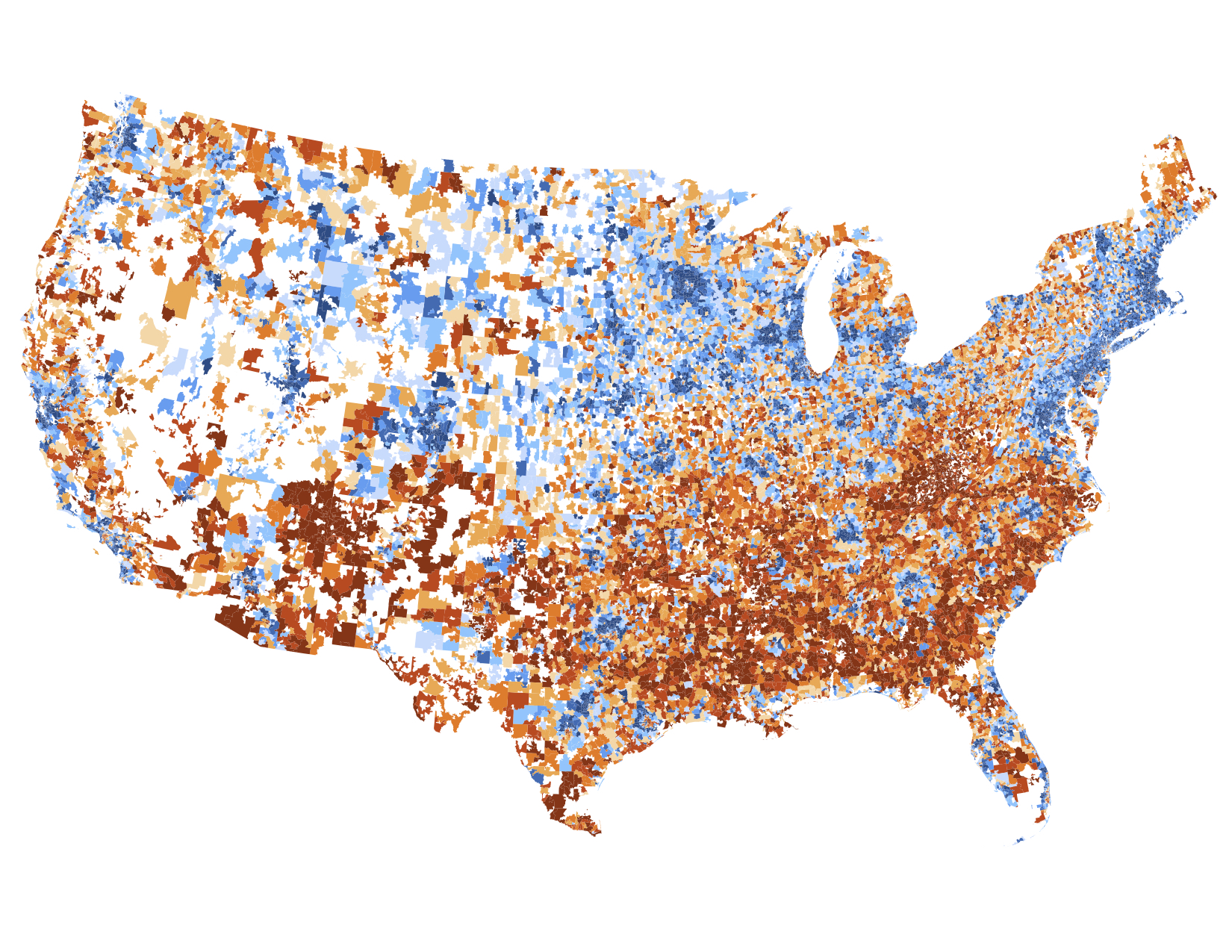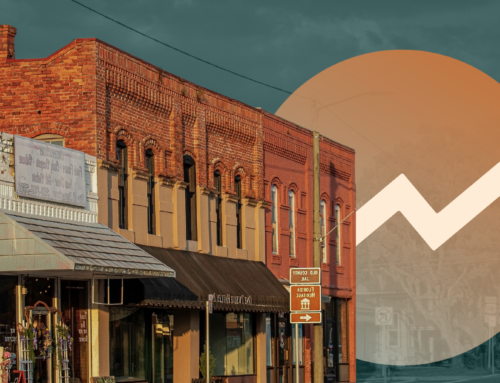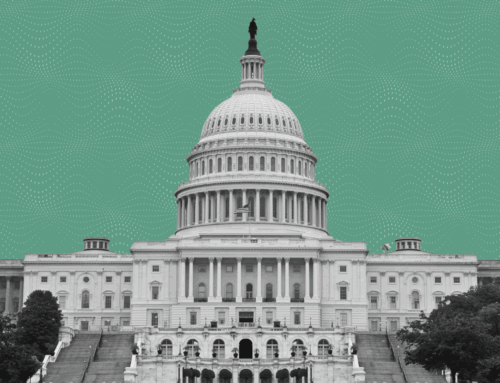Study finds it took under five years for prosperous communities to replace lost jobs while distressed ones are unlikely to ever recover on current trendlines
The Economic Innovation Group (EIG) released a new report, From Great Recession to Great Reshuffling: Charting a Decade of Change Across American Communities, tracking changes in the well-being of U.S. communities during a tumultuous decade that included the Great Recession and the subsequent economic recovery. The report is based on findings from the 2018 Distressed Communities Index (DCI), a research project that measures and maps the economic well-being of U.S. zip codes, cities, counties, and congressional districts.
The Great Reshuffling has had both positive and negative implications for American communities. Prosperity and population are becoming more closely linked, as the best-off communities are home to a rapidly growing number of Americans. Prosperous zip codes alone saw an increase of over 10 million residents between the two periods studied. However, even as the number of Americans living in a distressed zip code shrinks, the gaps in well-being separating communities are growing wider.
“Ten years after the financial crisis, these findings are a sobering reminder that far too many communities have yet to see a true recovery,” said EIG President and CEO John Lettieri. “While there is much to celebrate about the strength of the U.S. economy, the national numbers are becoming less reflective of local realities. We must do far better at ensuring opportunity spreads to every corner of the map.”
The study found that the U.S. experienced a widely-shared recession followed by a deeply fractured recovery. Communities across the board saw a surprisingly similar decline in absolute number of jobs during the recession, but prosperous areas dominated the recovery, generating more net new jobs and businesses than the rest of the nation combined, while increasing their human capital advantage in the process.
Overall, soaring national growth rates have become less reflective of local realities. Amid the Great Reshuffling, Anytown, USA, is being left farther behind the national economy.
Additional findings from the study include:
- The U.S. saw a huge jump in the number of Americans living in well-off communities. Between the two periods studied, the number of residents in prosperous zip codes increased by over 10 million, while comfortable and mid-tier communities grew by a combined total of over 7 million.
- Population and prosperity go hand in hand, as the number of Americans residing in each quintile of zip codes rises as well-being improves on the index. The best-scoring one-fifth of zip codes on the DCI contained 86.5 million residents, or 27.4 percent of the U.S. population, during the 2012-2016 period. That represented a nearly 22 million person advantage over the next most populous tier of communities. Fifty million Americans, or one in six, lived in distressed zip codes–the lowest total of any quintile.
- Rural zip codes experienced the most volatile outcomes through recession and recovery, as both the likeliest to rise and fall. Overall, the U.S. has experienced a ruralization of distress. The number of rural Americans residing in a distressed zip code increased by nearly 1 million between the two periods even as the total number of Americans in distressed communities declined by over 3 million.
- The map of community well-being and the map of education attainment are tightly linked, as college-educated individuals accounted for nearly all of the population differential between communities. Each index tier contains approximately 30 million Americans with some college, an Associate’s degree, or less education. Prosperous zip codes contain another 27.7 million adults with a bachelor’s degree or higher, almost six times the 4.8 million that live in distressed zip codes. Seven of the 10 major metro areas in which the largest share of the population resides in a prosperous zip code also ranked in the top 10 for college degree attainment. Conversely, six of the 10 major metro areas with the where distressed zip codes dominate rank in the bottom 10 on college attainment.
- Fewer than a quarter of counties have recovered from the business closures of the recession. A group of five populous counties added more businesses on net from 2007 to 2016 than the country itself, given the pervasive business deficit still marking the much of the map. From 2007 to 2016, the number of business establishments nationwide increased by 52,800. Together across Los Angeles, CA; Brooklyn, NY; Harris, TX (Houston); Queens, NY; and Miami-Dade, FL, the number increased by 55,500.
- Prosperous zip codes added more net new businesses from 2012 to 2016 than the bottom 80 percent of zip codes combined. The number of business establishments in prosperous zip codes increased by over 180,000 from 2012 to 2016. Comfortable, mid-tier, and at risk zip codes together added 150,500, while distressed zip codes lost 13,300 businesses deep into the national recovery.
- The housing vacancy rate was the best predictor of a zip code’s overall well-being. While vacancies and vacancy rates have fallen at the national level, the burden falls disproportionately to those at the bottom. Distressed zip codes contain 16.5 percent of all housing units nationwide, but 28.5 percent of all vacant ones. The highest vacancy rates are found in distressed urban zip codes in the Midwest, where one in every five homes stands vacant.
- Despite modest progress towards inclusion, race and ethnicity remain strong predictors of the sort of community one calls home. Minority groups represented 56 percent of the population in the country’s distressed communities, compared to only 38 percent of the population nationwide and 27 percent in prosperous zip codes. Notably, foreign-born residents were almost twice as likely to live in a prosperous zip code than a distressed one.
Relying on Census Bureau data for the years 2007-2011 and 2012-2016, the DCI covers nearly 26,000 zip codes and 99.9 percent of the U.S. population. DCI scores can be calculated at the city, county, and congressional district levels. Places are divided evenly into five different tiers based on their distress scores, or performance on the index, relative to their peers: Prosperous, comfortable, mid-tier, at risk, and distressed. See the full methodology at eig.org/dci/methodology.
Supporting Resources
You can view the full report and additional assets at eig.org/dci. EIG welcomes press, bloggers, policymakers, think tanks, and other interested parties to use and reference our research with attribution, such as, “Source: Economic Innovation Group Distressed Communities Index, 2018.”
About the Economic Innovation Group (EIG)
The Economic Innovation Group (EIG) is an ideas laboratory and advocacy organization whose mission is to advance solutions that empower entrepreneurs and investors to forge a more dynamic American economy. Headquartered in Washington, D.C., EIG convenes leading experts from the public and private sectors, develops original policy research, and works to advance creative legislative proposals that will bring new jobs, investment, and economic growth to communities across the nation. For more information, visit eig.org.






